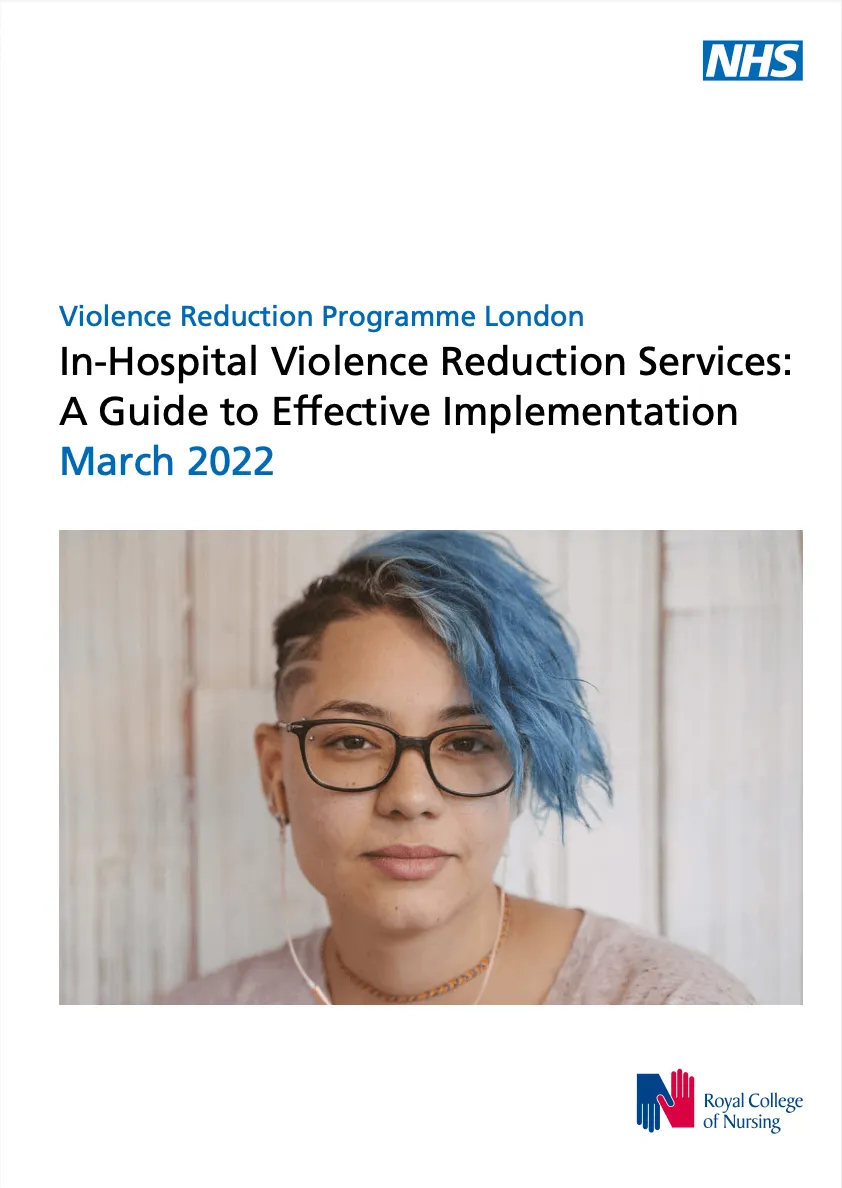
Interpersonal violence, including serious youth violence, is one of the greatest public health challenges our societies face. Violence reduction has been a public health priority for the World Health Organisation (WHO) since it first published guidance on the public health approach to violence reduction in 1996.
The case for change is clear:
Inequality and poverty are understood to be drivers for serious youth violence (Youth Violence Commission, 2020). Poverty is strongly associated with clusters of Adverse Childhood Experiences (ACEs) that can contribute to poor long-term Health Outcomes, including exposure to violence, mental health difficulties, and substance misuse.⁵ Many of the key risk factors that make individuals, families or communities vulnerable to violence can be addressed by building resilience and coping strategies from ACEs, in childhood and subsequently the environments in which individuals live, learn and work throughout youth, adulthood and older age.⁶
Taking a public health-based approach to reducing violence involves understanding the risk factors that can lead to violence exposure and developing effective interventions that problem-solve and support holistic wellbeing. This reduces the likelihood for individuals to be exposed to violence. This has wider population health benefits such as improved educational outcomes, employment prospects and long- term health outcomes.⁷ Rising violence levels throughout the UK has prompted the government to focus on this issue and support public health approaches taken locally. Tackling violence requires strong collaboration and a partnership working, with health services playing a significant role in reducing the prevalence and impact of violence in local communities.⁸ The Home Office released the Serious Violence Duty in May 2021 which required specified authorities (including the NHS) to work together to prevent and reduce serious violence, the causes of violence, and prepare and implement strategies for preventing and reducing serious violence.⁹
In-hospital Violence Reduction (VR) services⁷
¹ publications/health-profile-for-england-2018/chapter-2-trends-in-mortality
² https://www.gov.uk/government/publications/serious-violence-strategy
³ Baker, C., Accident and Emergency Statistics: demand, performance and pressure. House of Commons Briefing Paper number 6964, Feb 2017.
⁴ Berelowitz, S, et al, ‘If only someone had listened’ – Office of the Children’s Commissioner’s inquiry into child sexual exploitation in gangs and groups, final report, November 2013, available at https://www.childrenscommissioner.gov.uk/wp-content/uploads/2017/07/If_only_someone_had_listened.pdf
⁵ Lacey RE, Howe LD, Kelly-Irving M, Bartley M, Kelly Y. The Clustering of Adverse Childhood Experiences in the Avon Longitudinal Study of Parents and Children: Are Gender and Poverty Important? Journal of Interpersonal Violence. July 2020. doi:10.1177/0886260520935096)
⁶ (Ref:Violence-prevention.pdf (publishing.service.gov.uk)
⁷ Cooper C, Eslinger DM, Stolley PD. Hospital-based violence intervention programs work. J Trauma. 2006 Sep;61(3):534-7; discussion 537-40. doi:1097/01.ta.0000236576.81860.8c. PMID: 16966983.
⁸ London-Vision-2019-FULL-VERSION-1.pdf (england.nhs.uk)
⁹ HM Government (2021). Serious Violence Duty: draft guidance. UK